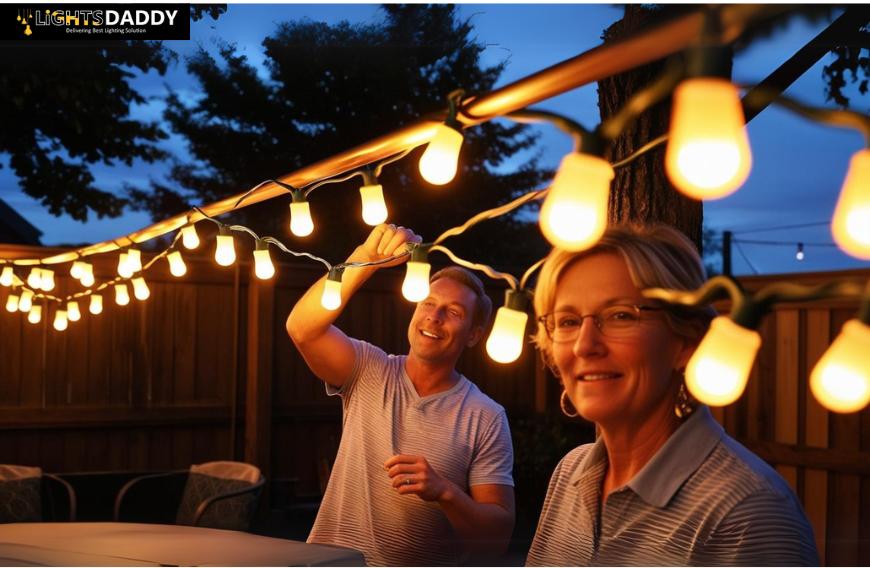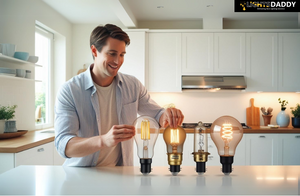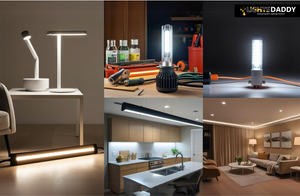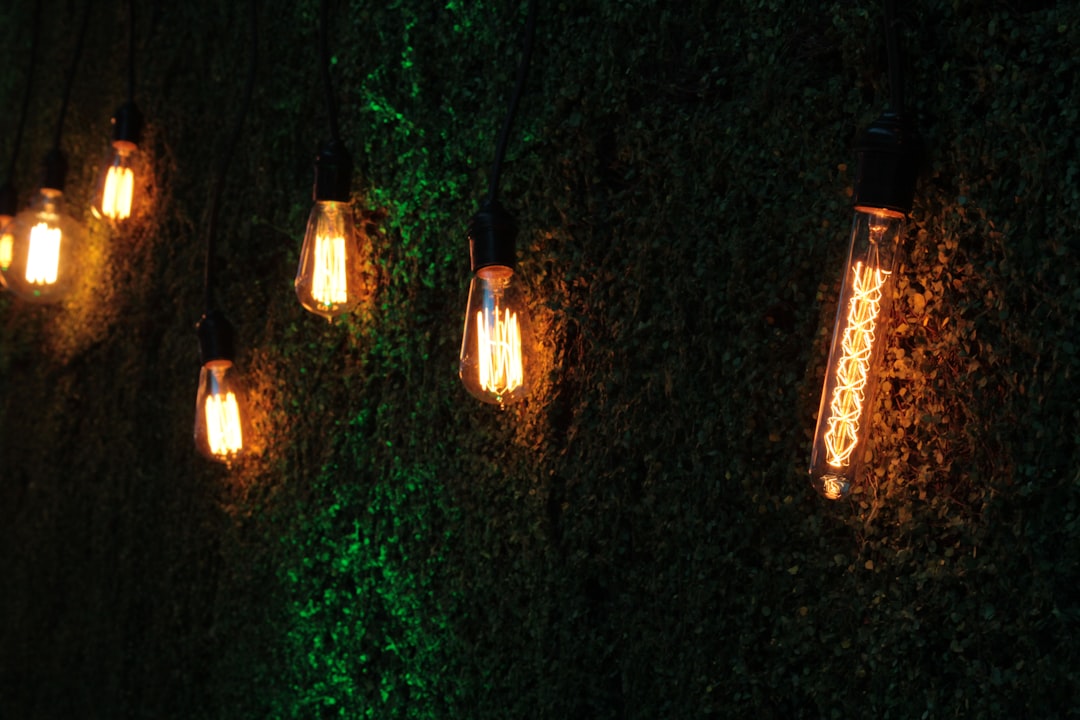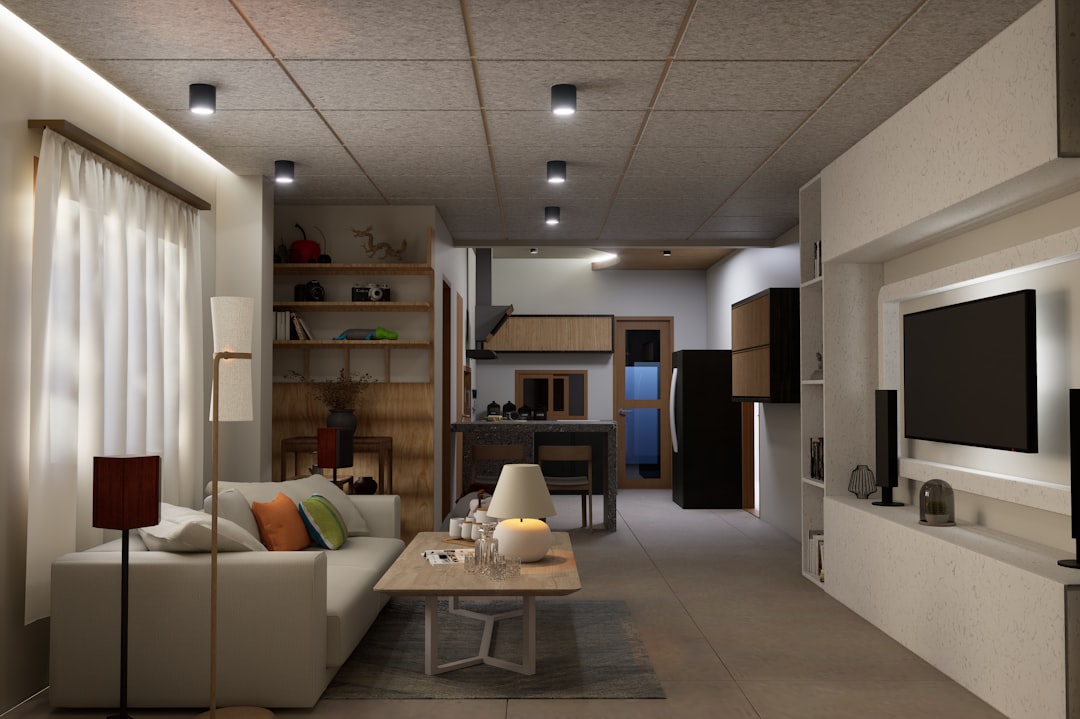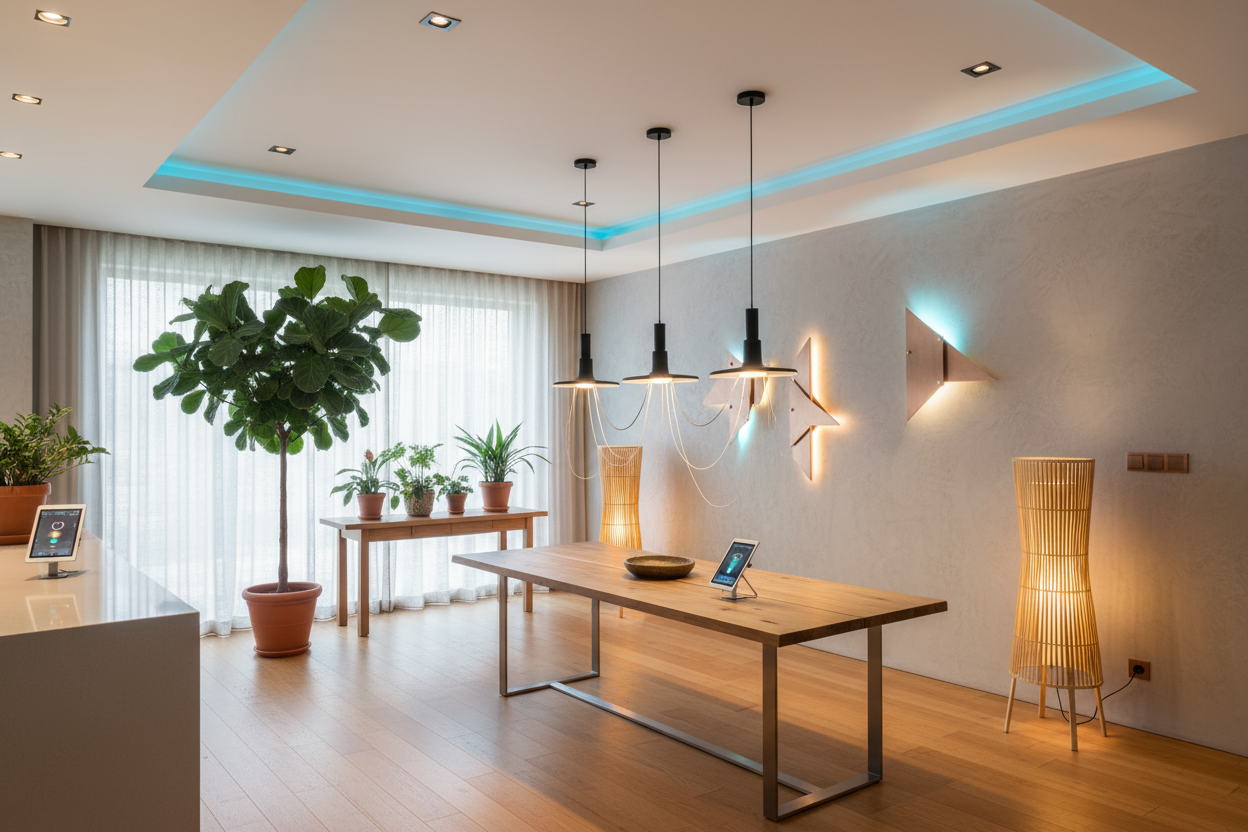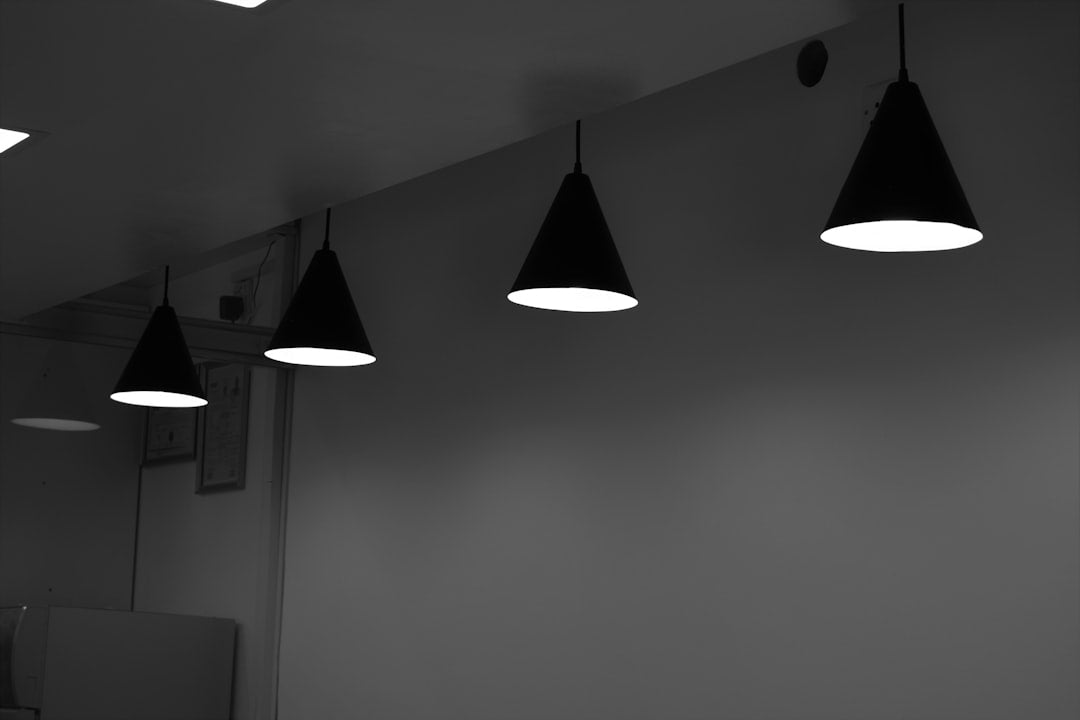Installing outdoor string lighting is one of the easiest ways to transform a backyard, patio, or porch into a warm, inviting space. Whether you're setting up for year-round charm or a special event, knowing how to install string lights properly will make your space both beautiful and safe.
If you’re looking for durable, colorful options, check out these Outdoor string lights 49ft designed for customizable outdoor displays.
Plan Your Setup Like a Pro
Smart planning ensures that your string light installation is stress-free and efficient. Before purchasing any lights or hardware, take time to map out your project carefully.
-
Measure and Map Your Outdoor Space
Use a tape measure to calculate the distance between anchor points, ensuring you have enough slack for draping the lights stylishly.
-
Identify Fixed Structures (Walls, Trees, Fences, etc.)
Look for solid anchor points like sturdy trees, porch beams, pergolas, or fence posts to safely support your string lights.
-
Choose a Lighting Pattern: Zigzag, Canopy, or Linear
Decide early if you want a zigzag pattern for a festive look or a canopy design that creates an intimate atmosphere. If you have a larger area, consider the Auroraworld Outdoor String Lights, 96Ft to cover more space seamlessly.
Choose the Right String Lights for Your Space
Selecting the right outdoor patio lights makes all the difference in both durability and style.
-
Pick Weatherproof and Outdoor-Rated Bulbs
Choose lights labeled for outdoor use, built to withstand rain, sun exposure, and temperature changes.
-
LED vs Incandescent: What’s Best for Outdoors?
LED bulbs consume less energy and run cooler, making them ideal for outdoor settings, while incandescent bulbs provide a warm, classic glow.
-
Safety Ratings to Look For (UL, ETL, IP Ratings)
Lights certified with UL, ETL, or high IP ratings (like IP65) are safest for year-round use.
For a whimsical touch, explore string lantern lights that add character to patios, porches, or garden areas.
Must-Have Tools and Supplies for Easy Installation
Having the right tools ready will simplify the process of hanging your outdoor string lights effectively.
-
Hardware Checklist: Hooks, Zip Ties, Guy Wire
You’ll need sturdy mounting hooks, outdoor-rated zip ties, and wire rope to ensure your lights stay secure.
-
DIY Pole Setup: Buckets, Concrete, and PVC
When existing structures aren’t available, create your own stable mounting points with DIY poles and weighted bases.
-
Power Sources and Outdoor Extension Cords
Only use outdoor-rated cords and ensure you're plugging into GFCI-protected outlets for safety. Find more essentials for your project in the outdoor lighting collection.
Step-by-Step: Install Your Outdoor String Lights
With the planning done and materials gathered, it’s time to learn how to install string lights safely and securely.
Step 1: Set Up Support Poles or Use Existing Mounts
Install poles, eye bolts, or cup hooks into fences, walls, pergolas, or other solid surfaces as your anchor points.
Step 2: Hang the Guy Wire or Main Support Line
Stretch a guy wire or heavy-duty string along your mapped path first. This will help support the weight of the string lights over long distances.
Step 3: Attach and Secure the String Lights
Using zip ties, carabiner clips, or hooks, fasten the string lights securely to the guy wire or anchor points. Keep slight tension but allow for natural draping.
Step 4: Plug In Safely Using GFCI Outlets
Plug your lights into a GFCI outlet for outdoor use, and keep all connections elevated and protected from water exposure.
Expert Tips to Make Your Lights Last
Extend the life of your outdoor lights with a few smart precautions.
-
Keep Lights Tensioned to Avoid Sagging
Regularly check for tension to prevent lights from drooping, which can cause breakage over time.
-
Weatherproof Every Connection with Sealant or Covers
Use outdoor-rated electrical tape or waterproof connectors to seal all plug connections.
-
Set Up Timers or Smart Plugs for Automation
Installing a timer or smart plug helps manage on/off schedules and saves energy while maintaining a welcoming ambiance.
Creative Design Ideas to Elevate Your Ambiance
Ready to take your setup to the next level? These design ideas will enhance your outdoor living space.
-
Layer with Lanterns, Path Lights, or Spotlights
Create a layered lighting look by mixing string lights with lanterns and pathway lighting for depth and style.
-
Use Color Bulbs for Seasonal Themes or Events
Switch to colored bulbs for holidays, parties, or special events to instantly change the vibe of your patio or garden.
-
Dimmers and Smart Controls for Flexible Mood Lighting
Install dimmer switches or smart controls so you can adjust brightness and ambiance with ease.
Safety First: Follow Outdoor Electrical Best Practices
Prioritizing safety ensures your lights are not only beautiful but hazard-free.
-
Maintain Proper Height (at Least 8–10 Feet Clearance)
Keep string lights at least 8–10 feet above walkways and seating areas to prevent accidents.
-
Avoid Overloading Circuits and Daisy-Chaining
Never connect more light strands than recommended by the manufacturer to avoid circuit overloads and potential fire hazards.
-
Replace Damaged Cords and Check for Exposed Wires
Inspect your setup regularly and replace any worn-out strands immediately to maintain a safe environment.
Frequently Asked Questions
Q. How Do I Hang String Lights Without Trees?
A: Use DIY poles, fence posts, walls, or specially designed outdoor mounting kits to support your lights without relying on trees.
Q. What’s the Best Height to Hang Outdoor Lights?
A: Aim for a minimum of 8–10 feet clearance above ground to ensure safety and aesthetic balance.
Q. Can I Leave String Lights Out All Year?
A: If you use outdoor-rated, weatherproof string lights with proper sealing, they can stay up year-round. However, it's wise to inspect them seasonally.
Q. How Many Lights Can I Safely Connect?
A: Always follow the manufacturer's guidelines. Typically, you can safely connect 3–5 LED strands, while incandescent strands often allow fewer.

